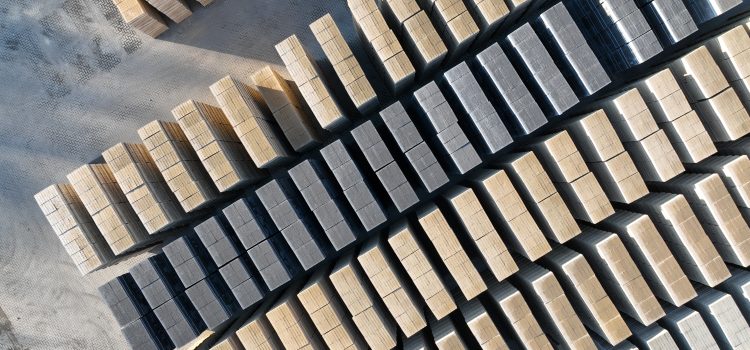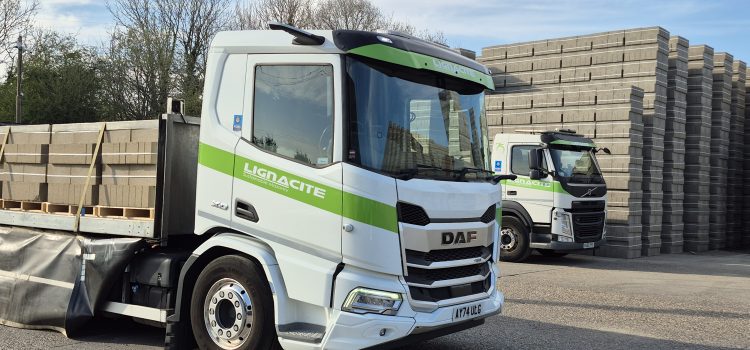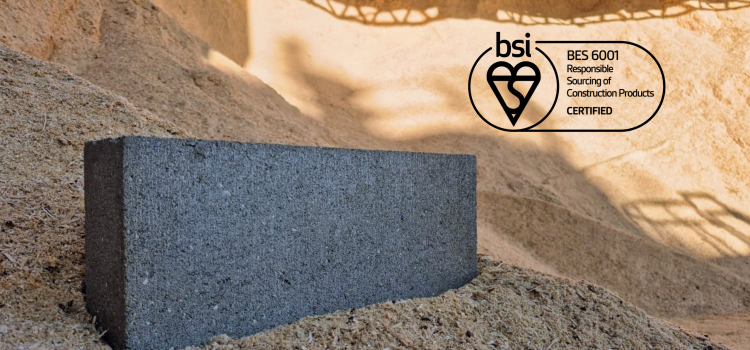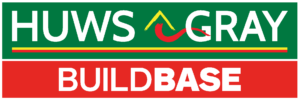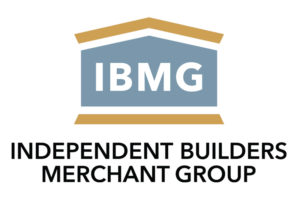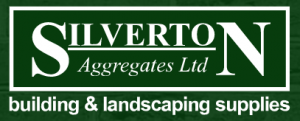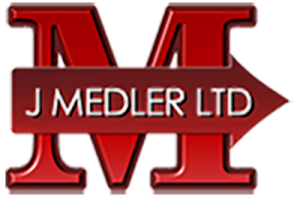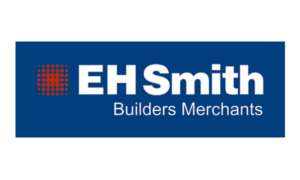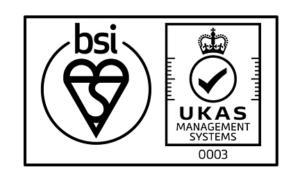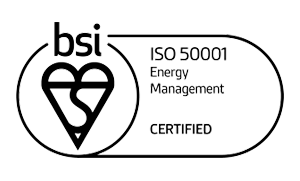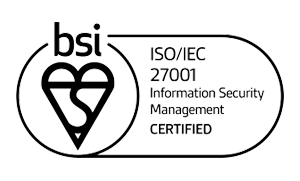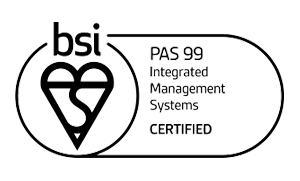Articles
An introduction to the types of concrete blocks used in construction
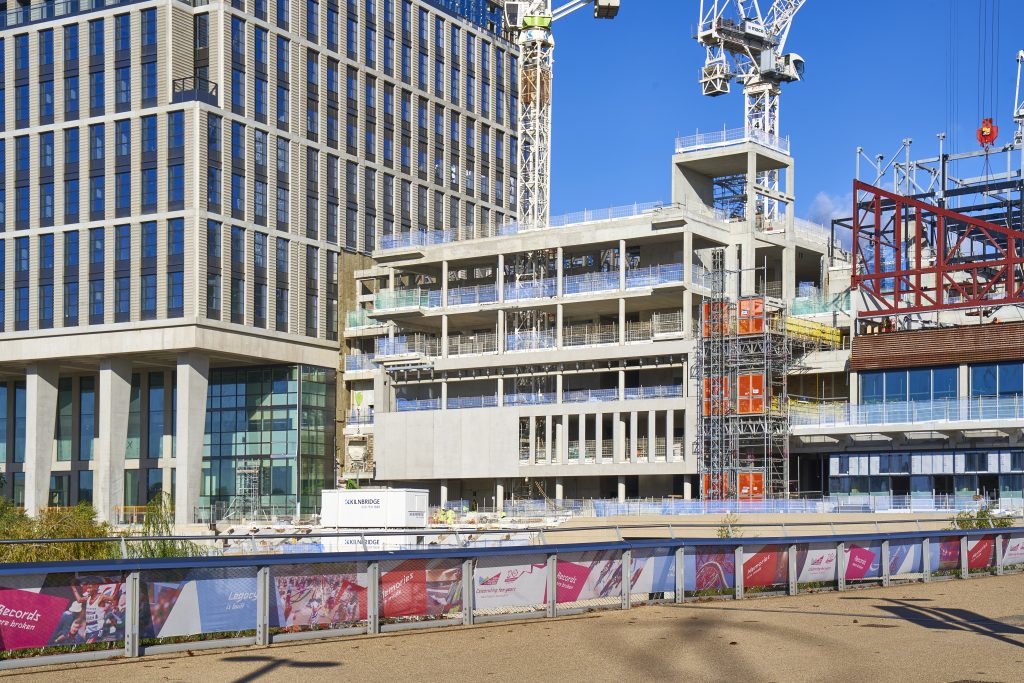
Posted by Tony Southgate
Concrete blocks have long been a staple of the construction industry, prized for their strength, durability and versatility. Able to withstand the harshest elements, they have a wide range of applications, including use in residential properties and commercial buildings, as well as leisure and infrastructure developments.
They have gained popularity over clay bricks due to their versatility and efficiency as a building material. They are not only more cost-effective to produce but they can also be laid more quickly. They are normally larger in size, which allows construction teams to cover greater areas in less time, making them a preferred choice for many construction projects.
In this article, we’ll take a closer look at the main types of concrete blocks and their structural applications.
How many types of concrete blocks are there?
The construction industry uses various terms to describe concrete blocks. For convenience blocks may be categorised using the following:
- Block description (e.g. standard common blocks)
- According to the density of the blocks, e.g. a dense block.
It’s important to mention that concrete blocks are sometimes described as ‘breeze blocks’. Breeze is a material made of small cinders and cinder dust. This is essentially extinguished, partially burned coal, used in and obtained from gasworks and coke ovens. The material is no longer produced and the equivalent today is a medium-density concrete block manufactured with ash and other types of aggregate.
The block description is a good way to define the type of block that is required, which are as follows:
Standard common blocks
These are the most common block types and are suitable for general building work. They offer excellent all-around performance and are normally available in a 440 x 215mm face size. In addition to their load-bearing capabilities, they provide an excellent background for plastering and rendering as well as for fixings. This type of block is not normally intended for use in facing applications as variations in colour and texture may occur.
Close-textured/Paint-grade blocks
These blocks are manufactured with a close texture and are suitable for direct painting. They are widely used in commercial, industrial and leisure buildings because they are robust and durable and provide a background that is ideally suited for direct decoration. They are not sold as a colour-consistent product – other products are available when this is a requirement.
Concrete block types
As mentioned above, it is also commonplace to describe a block according to its density. This refines the description further. The density of the block may be important for its durability, high strength, sound insulation etc.
Dense blocks
Dense concrete blocks are manufactured from naturally occurring aggregates, such as gravel and limestone, and typically have a density range of 1850-2100kg/m3. They are available in solid, cellular and hollow block formats.
They are characterised by their ability to be extremely durable and robust while providing very good levels of fire resistance and sound insulation. As such, they serve a variety of functions, for instance as external walls, separating fire and sound walls, and for use below the ground and damp proof course.
Our flagship Lignacite blocks are dense and have compressive strengths of up to 10.4N/mm2, making them suitable for use in high-impact environments. They are also available in fair face and paint-grade finishes for use in visible areas.
Medium-dense blocks
Medium-dense concrete blocks are manufactured from various types of aggregate – sometimes both dense and lightweight aggregates can be combined – to produce blocks with a typical density range of 1300-1600kg/m3.
Standard grade blocks offer good all-round technical performance and are widely used in the housing sector, for example for use below ground, and in external and party walls. They provide a strong background on which to apply wet finishes such as external render.
Medium-dense blocks are also available in paint-grade and fair-face finishes. A prime example of this type of block is Lignacite, a well-renowned product with a proven track record in housing, industrial and commercial applications.
Lightweight blocks
Lightweight concrete blocks are dense and manufactured from various types of lightweight aggregate. This results in a product with a typical density range of 1100-1200kg/m3.
They offer more or less the same advantages as medium-dense blocks but are about 10-15% lighter. There may be some restrictions on the use of lightweight blocks in domestic party walls, but otherwise their performance is well suited to most applications.
Super lightweight blocks
These blocks are produced using ultra-low-density aggregates, such as expanded clay and pumice. These blocks have a typical density range of 800-1050kg/m3.
They offer a generous weight reduction over other types of aggregate block, resulting in blocks that are easy to handle, with improved thermal insulating properties. They also impose less dead weight on the structure, the latter being an economic benefit primarily when used in conjunction with concrete or steel-framed construction.
Our popular Lignacite Fibo 850 blocks are popular with builders and are widely used in house construction, including building extensions.
What is the most commonly used type of concrete block?
Dense and medium-dense blocks account for the majority of aggregate blocks used in the UK. Our respective products are Lignacrete Dense and Lignacite GP medium dense blocks.
Our Lignacite GP Concrete blocks are the most popular Lignacite product range. They are available in a strength range of 3.6-10.4N/mm2 and can be used for the inner and outer leaves of external cavity walls, internal walls (including fire break walls), below-ground and as infill units for beam-and-block flooring.
Are there different grades of concrete blocks?
As explained, the grades of block available are:
- Standard or common blocks.
- Close textured or paint-finish.
How to choose the right type of block for your project
To ensure you choose the right concrete block for your next project, you should carefully evaluate several key points:
- Consider the function of the block. Are you building load-bearing walls, partition walls, or foundations? Although most blocks can be used in these locations, the specific performance (e.g. compressive strength, or the required aesthetics) may refine the choice of products available.
- If energy efficiency is important, lightweight and super-lightweight blocks can offer excellent thermal insulation. Dense blocks, on the other hand, provide better sound insulation and higher compressive strength potential, which could be a key factor in commercial or residential projects.
- Consider the environmental conditions the blocks will be exposed to. For example, if used below ground, or for an exposed outer leaf, a block with a minimum 7.3N/mm2 compressive strength is more resistant to harsh weather conditions, making them suitable for external walls and below-ground walls.
- When appearance matters, decorative blocks or blocks with a fair face or paint-grade finish are a good option.
- If your project must meet specific fire safety requirements, ensure the blocks you select have appropriate fire ratings, such as an A1 fire rating.
- Your budget will also influence your choice. You will need to balance this against the other needs of your project.
If you need help getting started, try our interactive Block Application tool, designed to guide you through the block selection process. Alternatively, get in touch with our helpful Quoting Line 01842 778485 to discuss your construction project’s requirements today.
